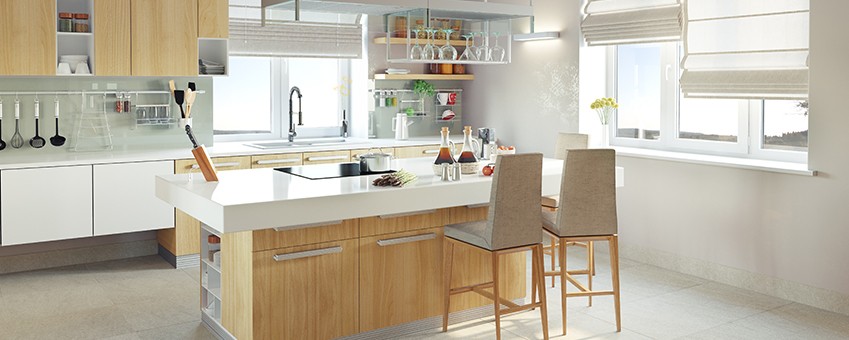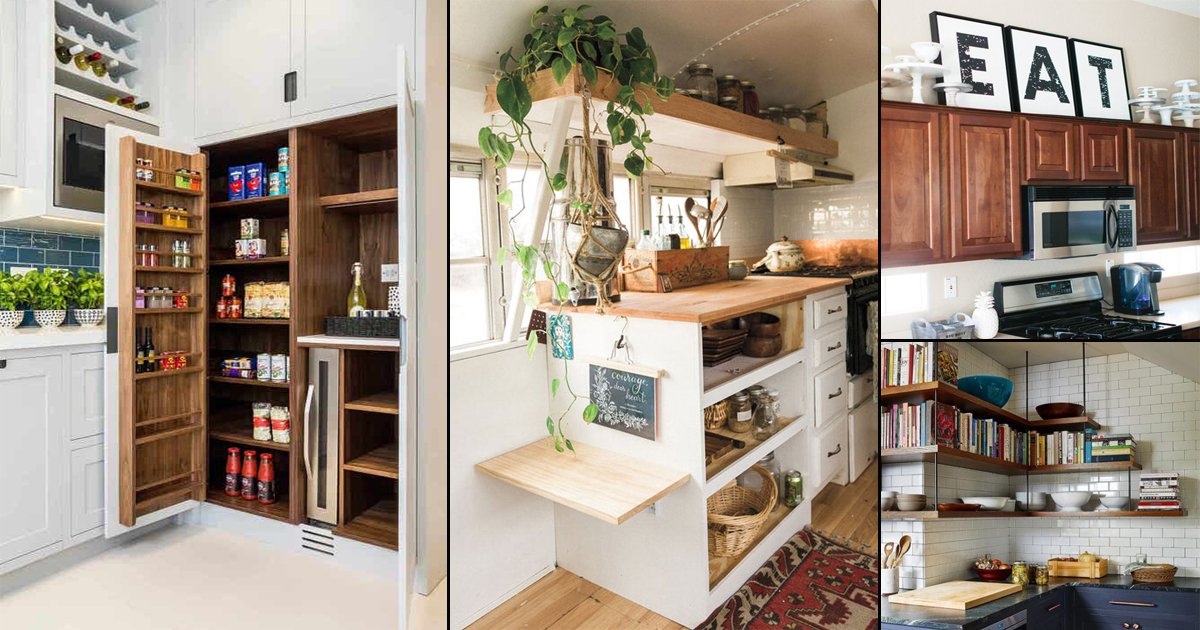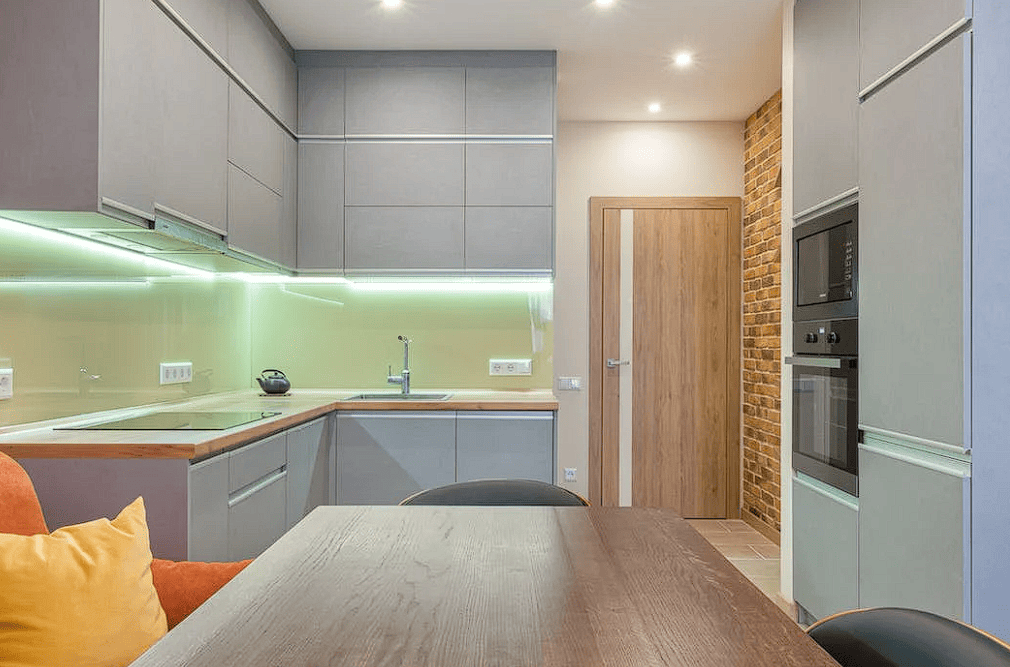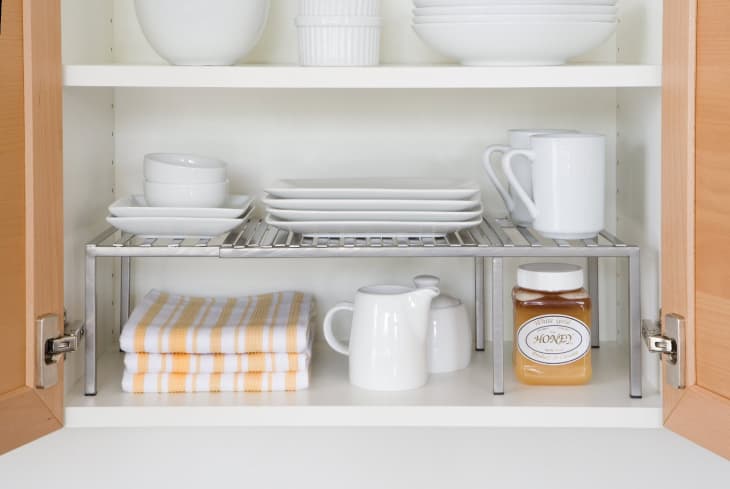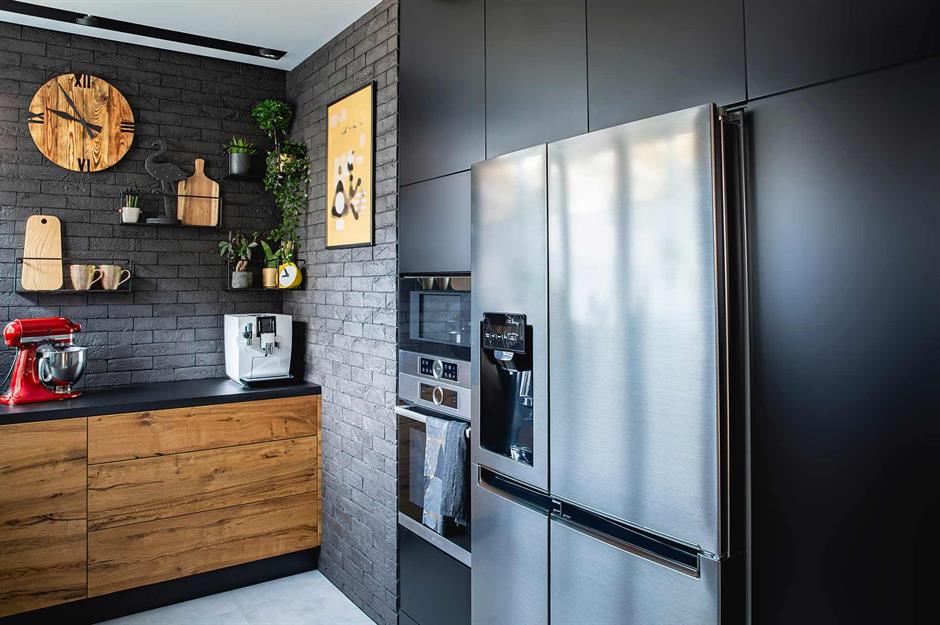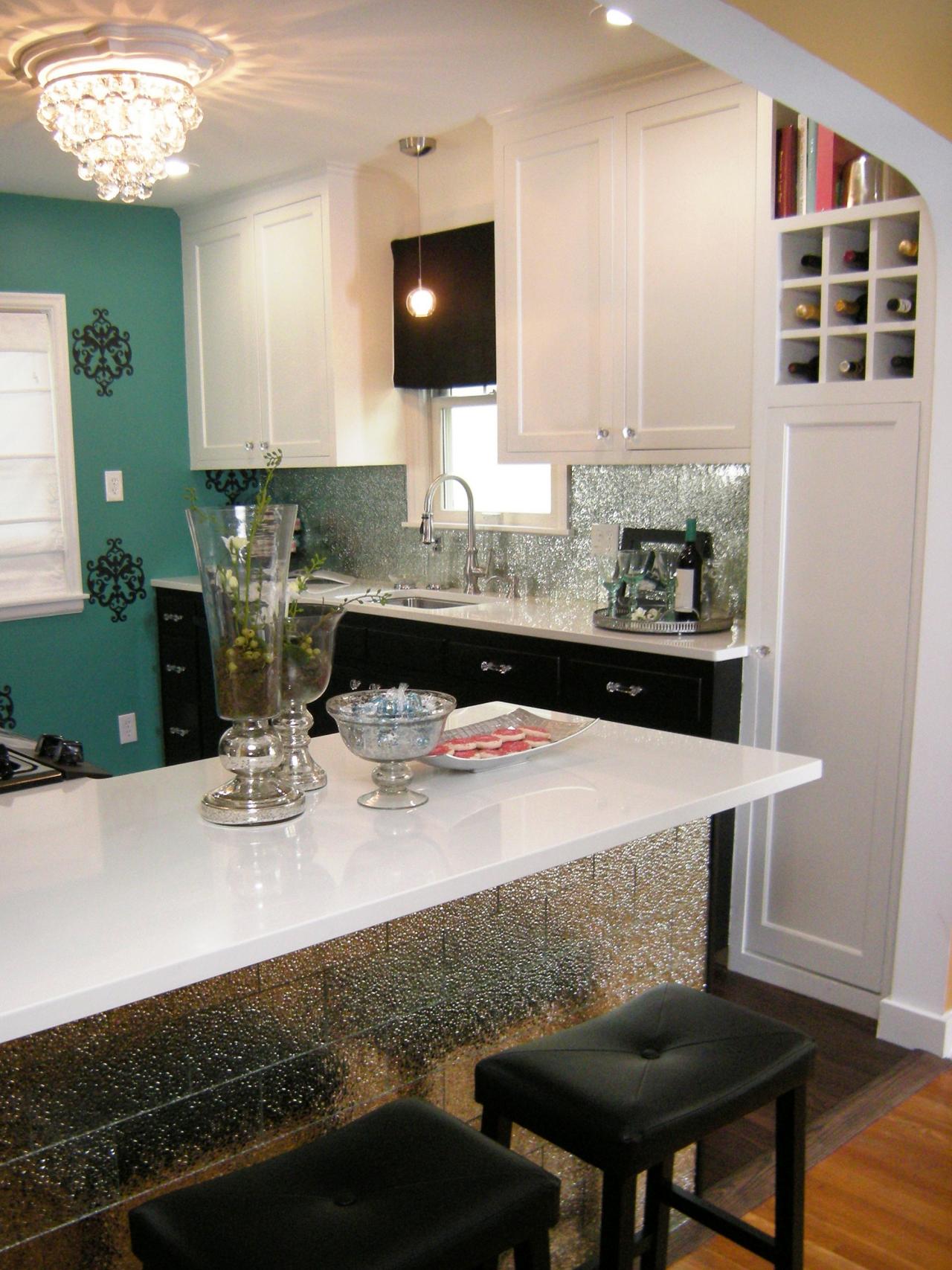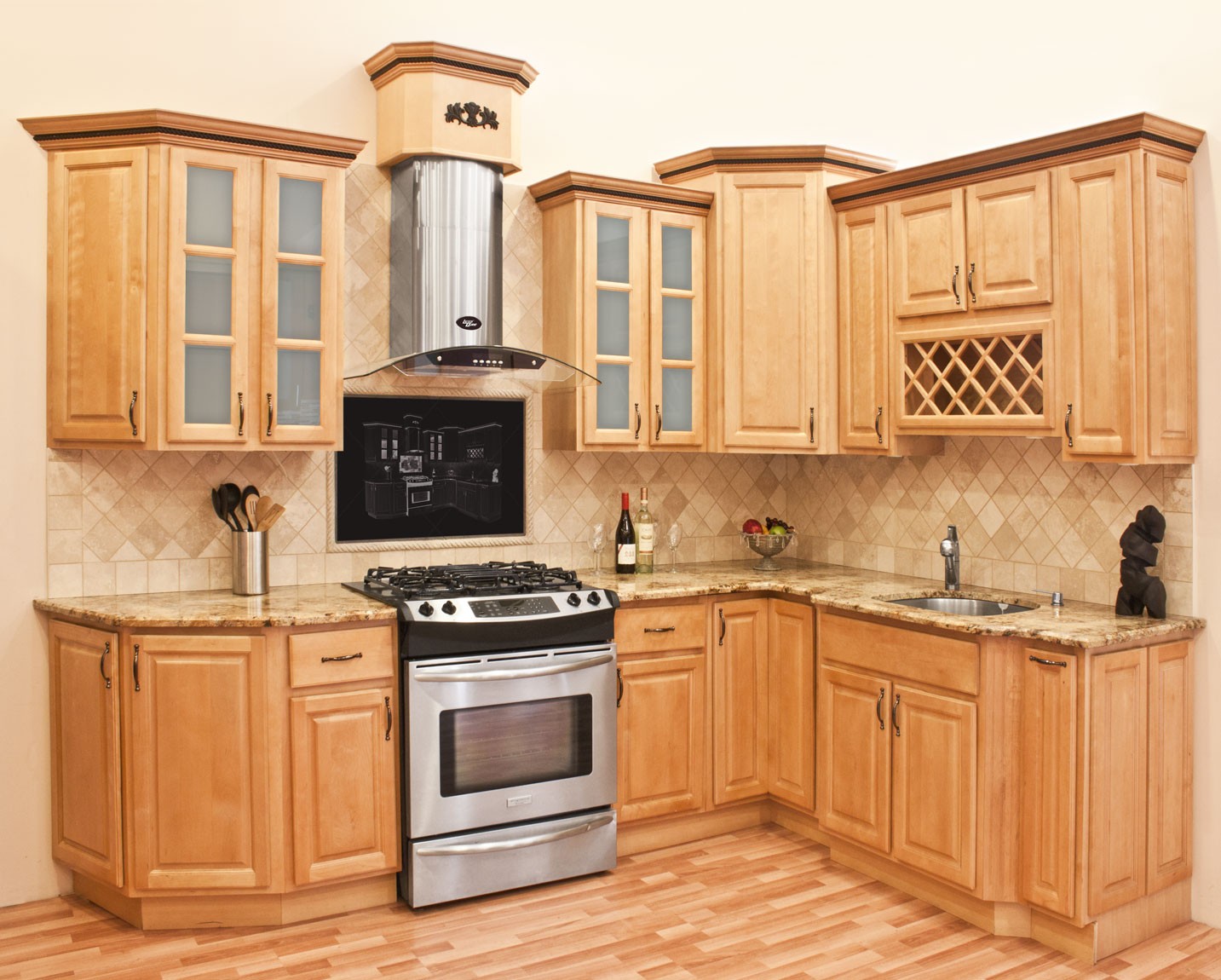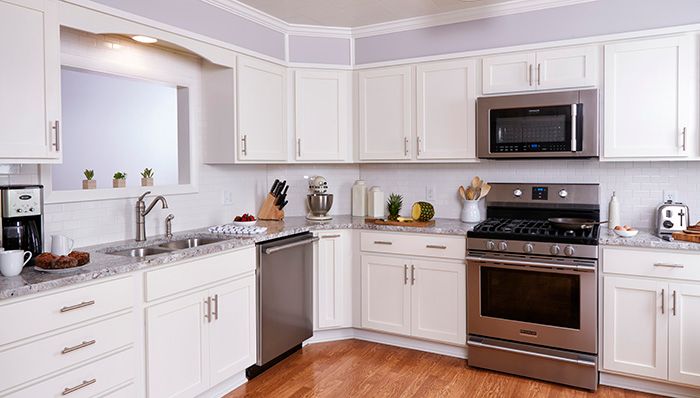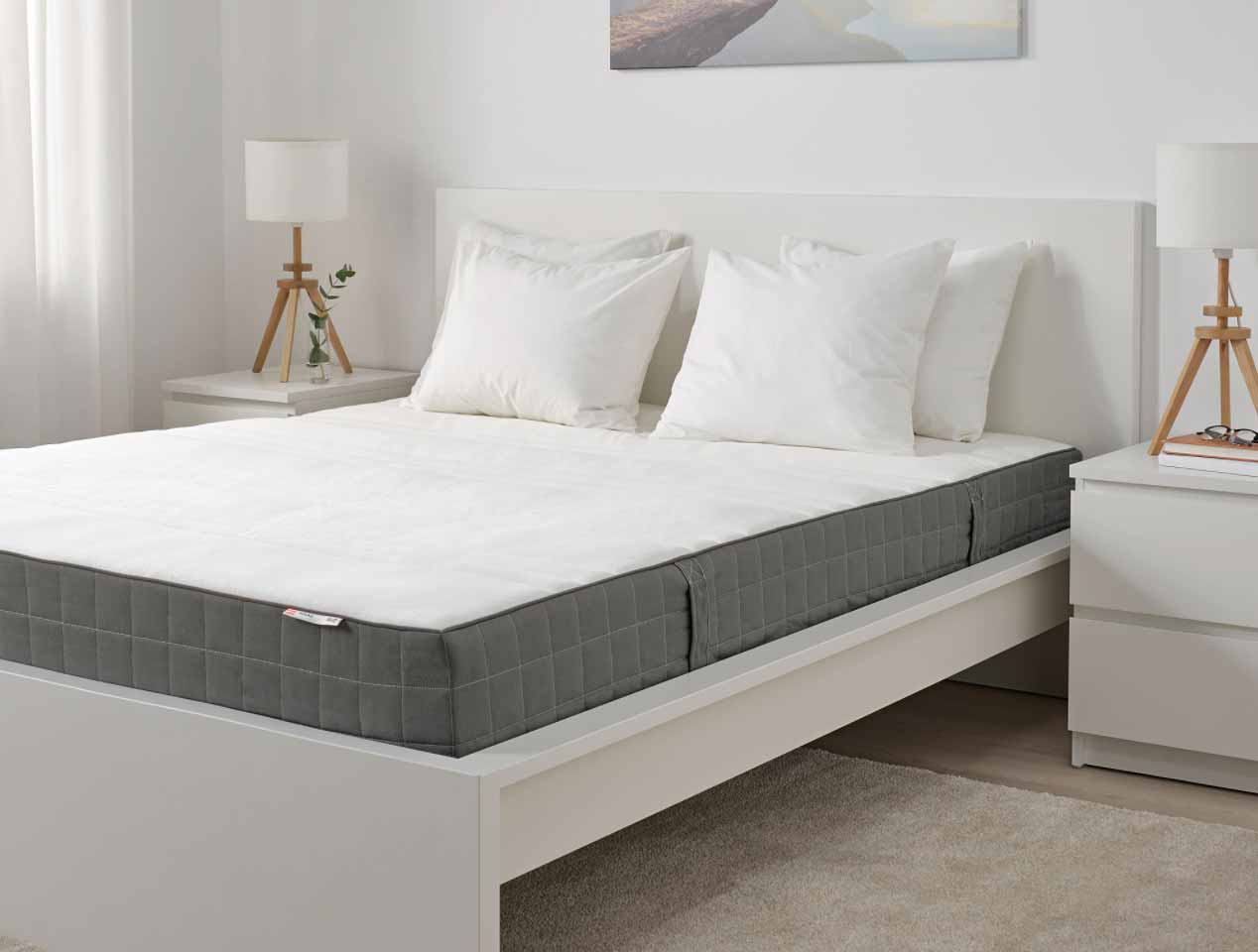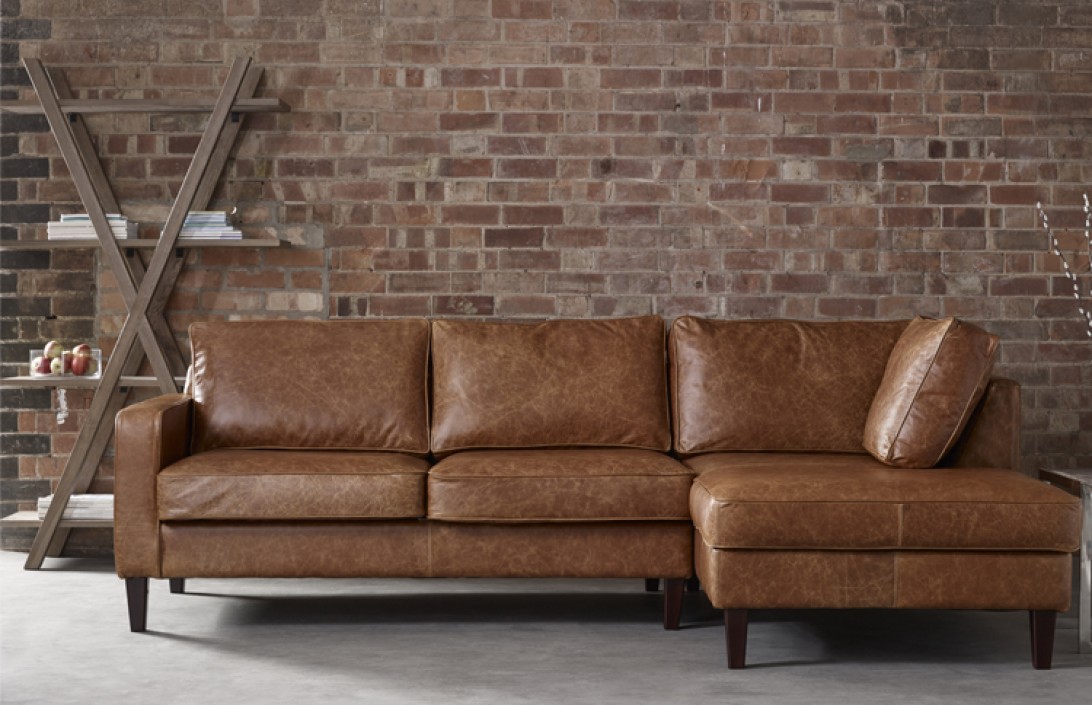1. Kitchen Cabinet Design Basics: Ideas and Inspiration
When it comes to designing your kitchen cabinets, there are endless possibilities to explore. But before diving into the world of kitchen cabinet design, it's important to have a solid understanding of the basics. This will not only help you make informed decisions, but also ensure that your kitchen cabinets are functional, stylish, and tailored to your specific needs.
Start by thinking about your overall kitchen design and the style you want to achieve. This will help guide your decisions on cabinet materials, colors, and hardware. Look for inspiration in home decor magazines, online blogs, and even in your friends' or family's kitchens. Take note of the elements that catch your eye and incorporate them into your own kitchen cabinet design.
Remember, the key to successful kitchen cabinet design is to strike a balance between functionality and style. Keep this in mind as we explore the essential elements of kitchen cabinet design.
2. Understanding the Basics of Kitchen Cabinet Design
Before you start designing your kitchen cabinets, it's important to understand the different components that make up a cabinet. This includes the frame, doors, drawers, and hardware. The frame is the structure of the cabinet, while the doors and drawers are the functional components that allow for storage. The hardware includes handles, knobs, and hinges, which not only add to the aesthetic of your cabinets, but also contribute to their functionality.
When it comes to the frame, there are two main types to consider: framed and frameless. Framed cabinets have a front frame around the outside edge of the cabinet, while frameless cabinets do not. Framed cabinets are more traditional and offer a classic look, while frameless cabinets are more modern and provide a sleeker appearance.
When choosing the right type of cabinet for your kitchen, consider the overall style and layout of your space. For example, if you have a smaller kitchen, frameless cabinets may be a better option as they take up less space and provide a more open feel.
3. Essential Elements of Kitchen Cabinet Design
There are a few key elements that should be considered when designing your kitchen cabinets. These include the layout, size and storage, and materials used.
The layout of your cabinets is crucial as it determines the flow and functionality of your kitchen. When designing your layout, consider the work triangle - the path between the stove, sink, and refrigerator. This should be a clear and efficient route that allows for easy movement and access to all areas of your kitchen.
The size and storage of your cabinets will depend on the size of your kitchen and your storage needs. This is where the balance between functionality and style comes into play. Consider how much storage space you need and how you can maximize it. This can be achieved through features like pull-out shelves, lazy susans, and vertical dividers.
The materials used in your cabinets not only contribute to their aesthetic appeal, but also their durability and functionality. Popular materials include wood, laminate, and metal. Make sure to choose materials that are suitable for your lifestyle and budget.
4. Tips for Designing Your Kitchen Cabinets
When designing your kitchen cabinets, it's important to keep a few key tips in mind. First and foremost, always prioritize functionality over style. While it's important to have a visually appealing kitchen, it's more important that your cabinets are practical and meet your storage needs.
Another tip is to consider the overall style of your home. Your kitchen should flow seamlessly with the rest of your home's decor. For example, if you have a farmhouse-style home, opt for rustic wood cabinets rather than sleek, modern ones.
Additionally, consider adding personalized features to your cabinets, such as built-in wine racks or spice racks. These small details can make a big impact on the functionality of your kitchen.
5. The Importance of Functionality in Kitchen Cabinet Design
We can't stress enough the importance of functionality in kitchen cabinet design. After all, your cabinets are where you'll be storing all of your kitchen essentials. Make sure to take into account your storage needs, cooking habits, and accessibility when designing your cabinets.
For example, if you're an avid cook, you may want to consider adding a designated space for your cooking utensils, pots, and pans. If you have young children, you may want to incorporate child-proof locks into your cabinet design for added safety.
Remember, functionality doesn't have to be sacrificed for style. With the right design and features, you can have both.
6. Choosing the Right Materials for Your Kitchen Cabinets
As mentioned earlier, the materials you choose for your kitchen cabinets play a significant role in their overall look and durability. When deciding on materials, consider the style of your kitchen, your budget, and your lifestyle.
Wood is a popular choice for kitchen cabinets, as it offers a classic and timeless look. However, it can be more expensive than other materials. Laminate is a budget-friendly option that comes in a variety of colors and styles. Metal cabinets offer a sleek and modern look, but may not be suitable for everyone's taste.
Be sure to also consider the durability of the materials. Your cabinets will be exposed to heat, moisture, and daily wear and tear, so choose materials that can withstand these conditions.
7. Maximizing Storage Space in Your Kitchen Cabinets
As mentioned earlier, maximizing storage space is key when it comes to kitchen cabinet design. This can be achieved through clever features and organization techniques.
Consider utilizing vertical space by adding shelves or dividers to your cabinets. This allows you to store more items without taking up additional space.
Another tip is to utilize the space between your cabinets and ceiling. This can be used to store items that are not frequently used, such as holiday dishes or appliances.
8. Common Mistakes to Avoid in Kitchen Cabinet Design
While designing your kitchen cabinets, there are a few common mistakes to avoid. One of the biggest mistakes is not considering your storage needs. Make sure to assess how much storage space you need and plan accordingly.
Another mistake is not leaving enough space for appliances and other kitchen essentials. Remember to leave enough room for items to fit comfortably in your cabinets and drawers.
Lastly, don't sacrifice functionality for style. It's important to have a visually appealing kitchen, but it's even more important to have cabinets that meet your needs and make your daily tasks in the kitchen easier.
9. Incorporating Style into Your Kitchen Cabinet Design
While functionality should be your top priority, there's no reason why your kitchen cabinets can't also be stylish and on-trend. There are many ways to incorporate style into your cabinet design.
One option is to mix and match materials, such as combining wood and metal cabinets for a modern and eclectic look. Another option is to incorporate color into your cabinets. This can be achieved through choosing bold cabinet colors or adding colorful hardware.
Remember, the style of your kitchen cabinets should reflect your personal taste and complement the overall design of your kitchen.
10. Budget-Friendly Kitchen Cabinet Design Ideas
Designing your kitchen cabinets doesn't have to break the bank. There are many budget-friendly ideas that can still result in a stylish and functional kitchen.
Consider painting your existing cabinets instead of replacing them. This can instantly give your kitchen a fresh new look without the cost of new cabinets. Another option is to mix and match pre-made cabinets with custom-built ones. This can save you money while still achieving a unique and personalized look.
Additionally, look for sales and discounts when purchasing materials. And don't be afraid to ask for help from friends or family who may have experience in cabinet building or installation.
Maximizing Space with Efficient Kitchen Cabinet Design

Creating a Functional Layout
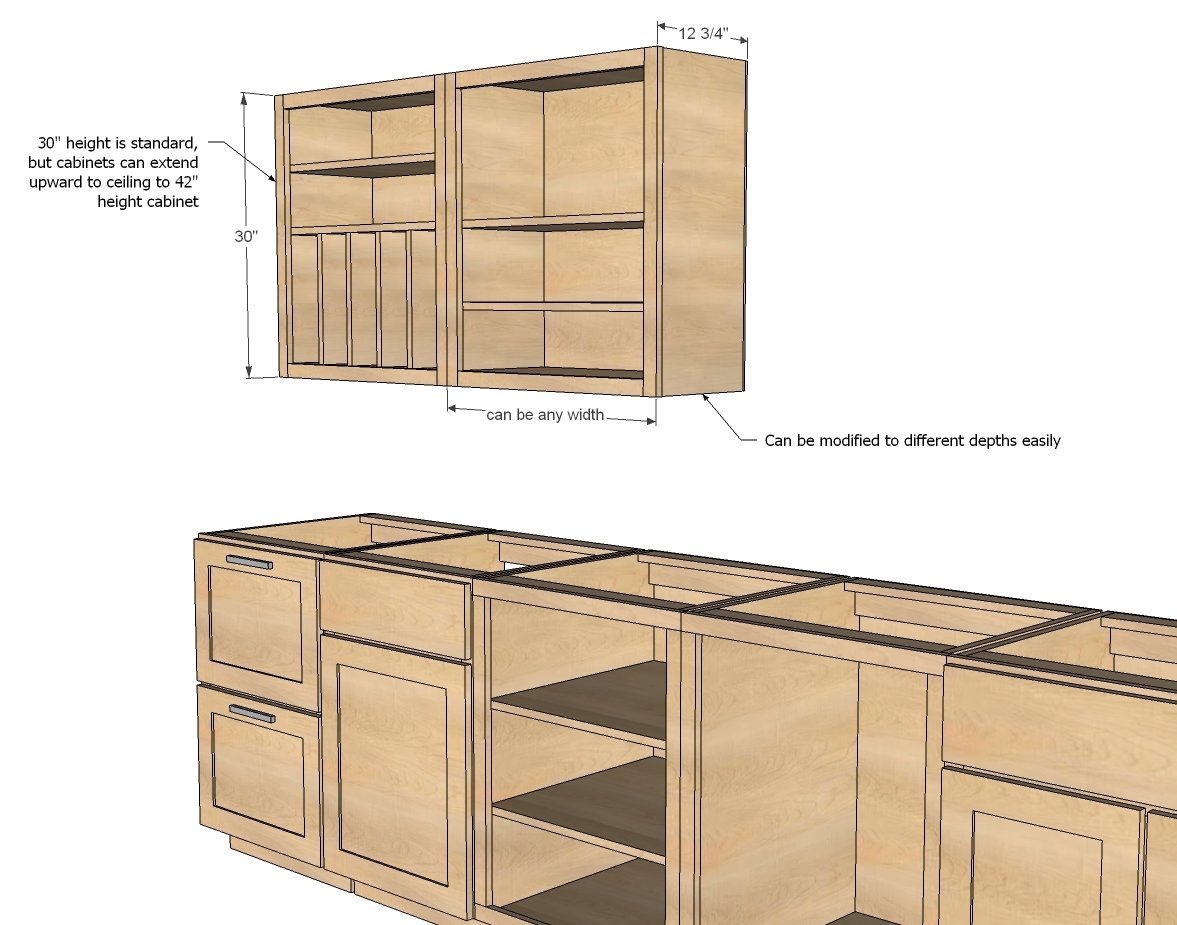 When it comes to designing a kitchen, one of the most important elements to consider is the layout. The kitchen is often referred to as the heart of the home, and for good reason. It is where meals are prepared, memories are made, and family and friends gather. Therefore, it is essential to have a functional layout that allows for efficient movement and creates a welcoming atmosphere.
Kitchen cabinet design
plays a crucial role in achieving a functional layout. The key is to
maximize space
by using every available inch of your kitchen. This can be achieved through the strategic placement of cabinets and utilizing
efficient storage solutions
. For example, incorporating
pull-out shelves
and
corner cabinets
can make use of often overlooked areas and provide additional storage space.
When it comes to designing a kitchen, one of the most important elements to consider is the layout. The kitchen is often referred to as the heart of the home, and for good reason. It is where meals are prepared, memories are made, and family and friends gather. Therefore, it is essential to have a functional layout that allows for efficient movement and creates a welcoming atmosphere.
Kitchen cabinet design
plays a crucial role in achieving a functional layout. The key is to
maximize space
by using every available inch of your kitchen. This can be achieved through the strategic placement of cabinets and utilizing
efficient storage solutions
. For example, incorporating
pull-out shelves
and
corner cabinets
can make use of often overlooked areas and provide additional storage space.
Choosing the Right Materials
/One-Wall-Kitchen-Layout-126159482-58a47cae3df78c4758772bbc.jpg) In addition to considering the layout, it is important to choose the right materials for your kitchen cabinets.
Quality materials
not only enhance the overall look of your kitchen, but they also contribute to the durability and functionality of your cabinets. When choosing materials, keep in mind the style and theme of your kitchen. For a more modern and sleek look,
high-gloss
or
laminate cabinets
may be the way to go. For a more traditional or rustic feel,
wood cabinets
can add warmth and character to the space.
In addition to considering the layout, it is important to choose the right materials for your kitchen cabinets.
Quality materials
not only enhance the overall look of your kitchen, but they also contribute to the durability and functionality of your cabinets. When choosing materials, keep in mind the style and theme of your kitchen. For a more modern and sleek look,
high-gloss
or
laminate cabinets
may be the way to go. For a more traditional or rustic feel,
wood cabinets
can add warmth and character to the space.
Adding Personal Touches
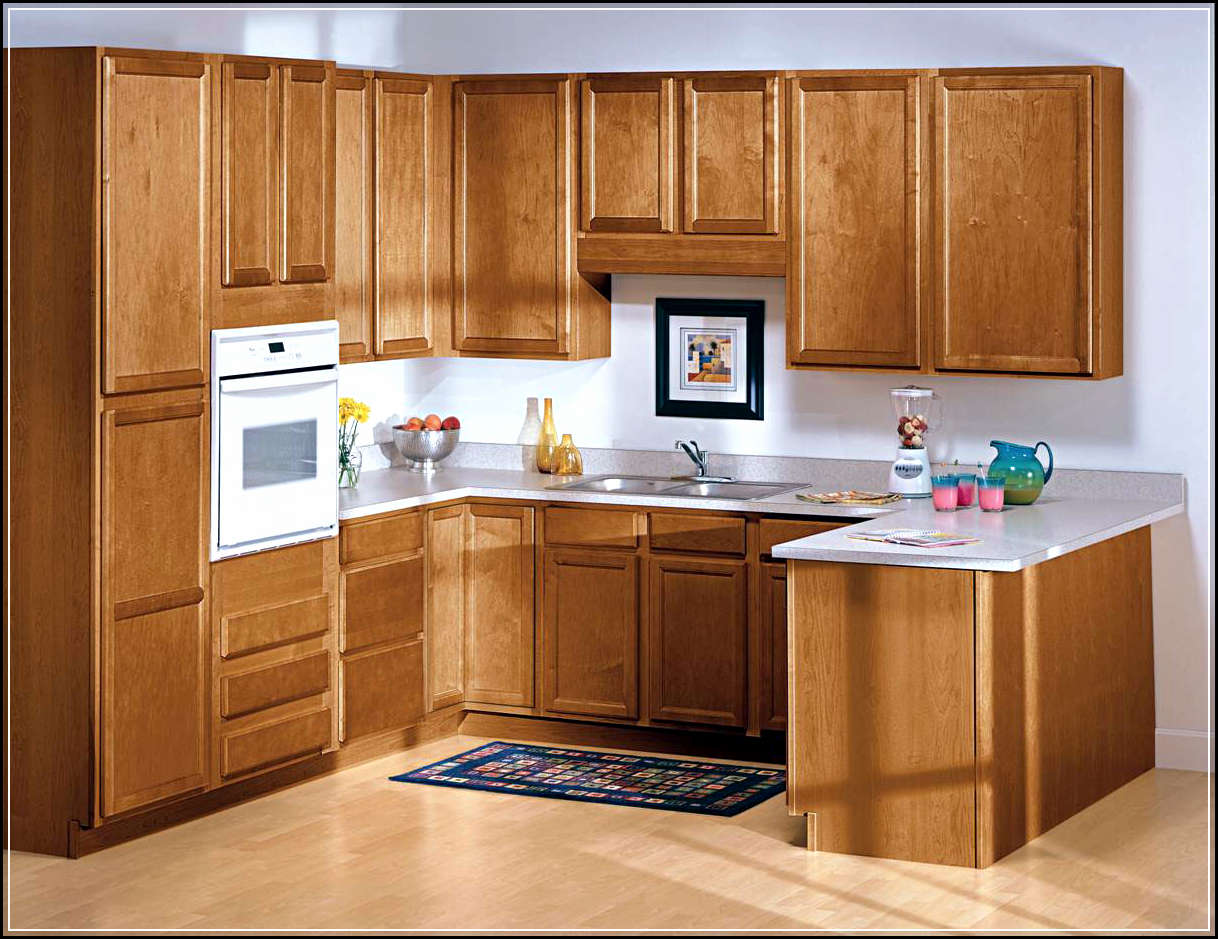 While functionality and durability are essential, it is also important to add personal touches to your kitchen cabinet design. This can be achieved through the use of
unique hardware
such as
knobs
and
handles
, as well as
a variety of finishes
and
customizable features
. These personal touches can make your kitchen feel more like your own and add character to the space.
In conclusion,
kitchen cabinet design
is an important aspect of creating a functional and welcoming kitchen. By carefully considering the layout, choosing the right materials, and adding personal touches, you can
maximize space
and create a space that not only meets your needs but also reflects your personal style. So, don't underestimate the power of a well-designed kitchen cabinet and start creating your dream kitchen today.
While functionality and durability are essential, it is also important to add personal touches to your kitchen cabinet design. This can be achieved through the use of
unique hardware
such as
knobs
and
handles
, as well as
a variety of finishes
and
customizable features
. These personal touches can make your kitchen feel more like your own and add character to the space.
In conclusion,
kitchen cabinet design
is an important aspect of creating a functional and welcoming kitchen. By carefully considering the layout, choosing the right materials, and adding personal touches, you can
maximize space
and create a space that not only meets your needs but also reflects your personal style. So, don't underestimate the power of a well-designed kitchen cabinet and start creating your dream kitchen today.
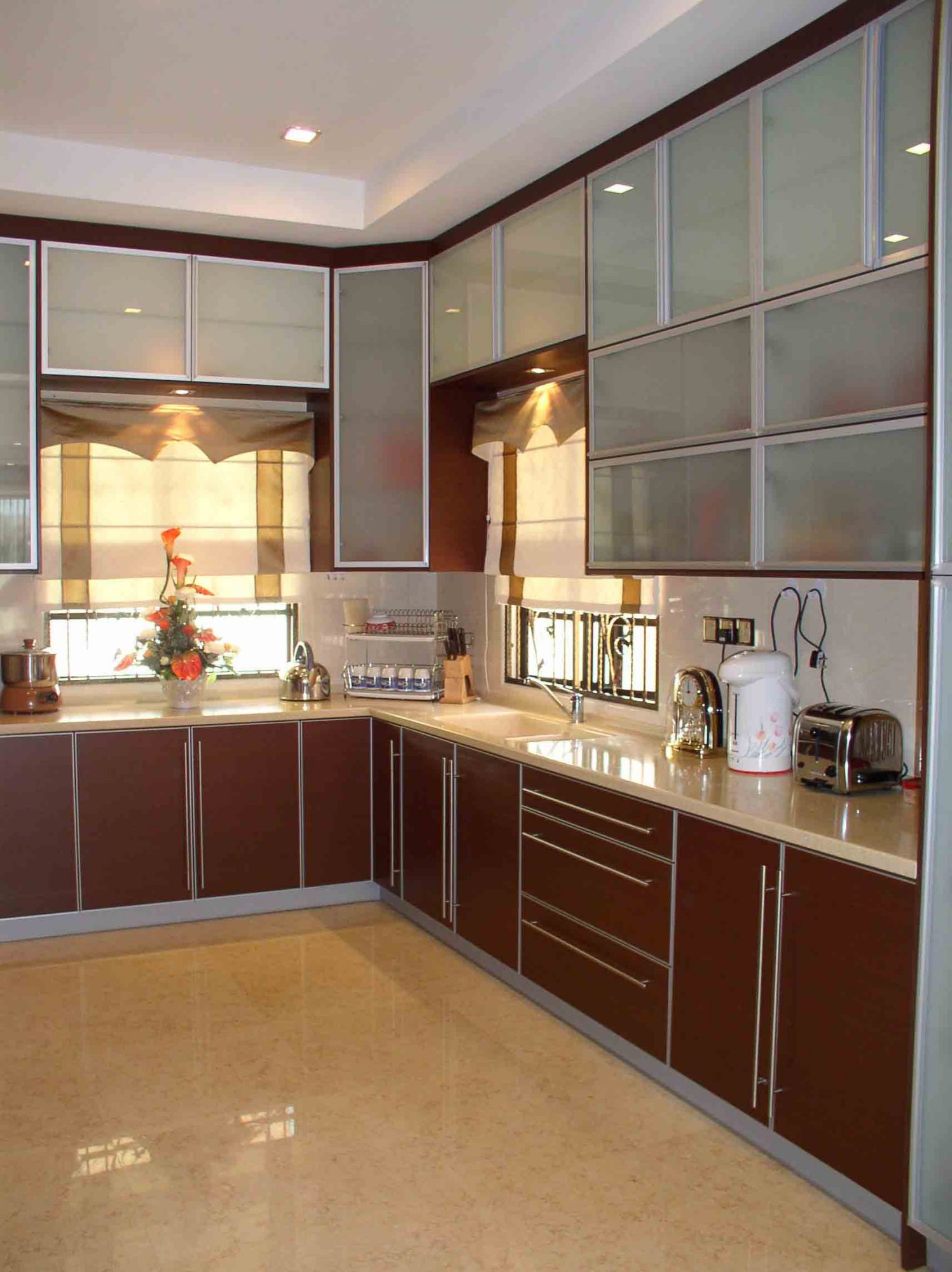


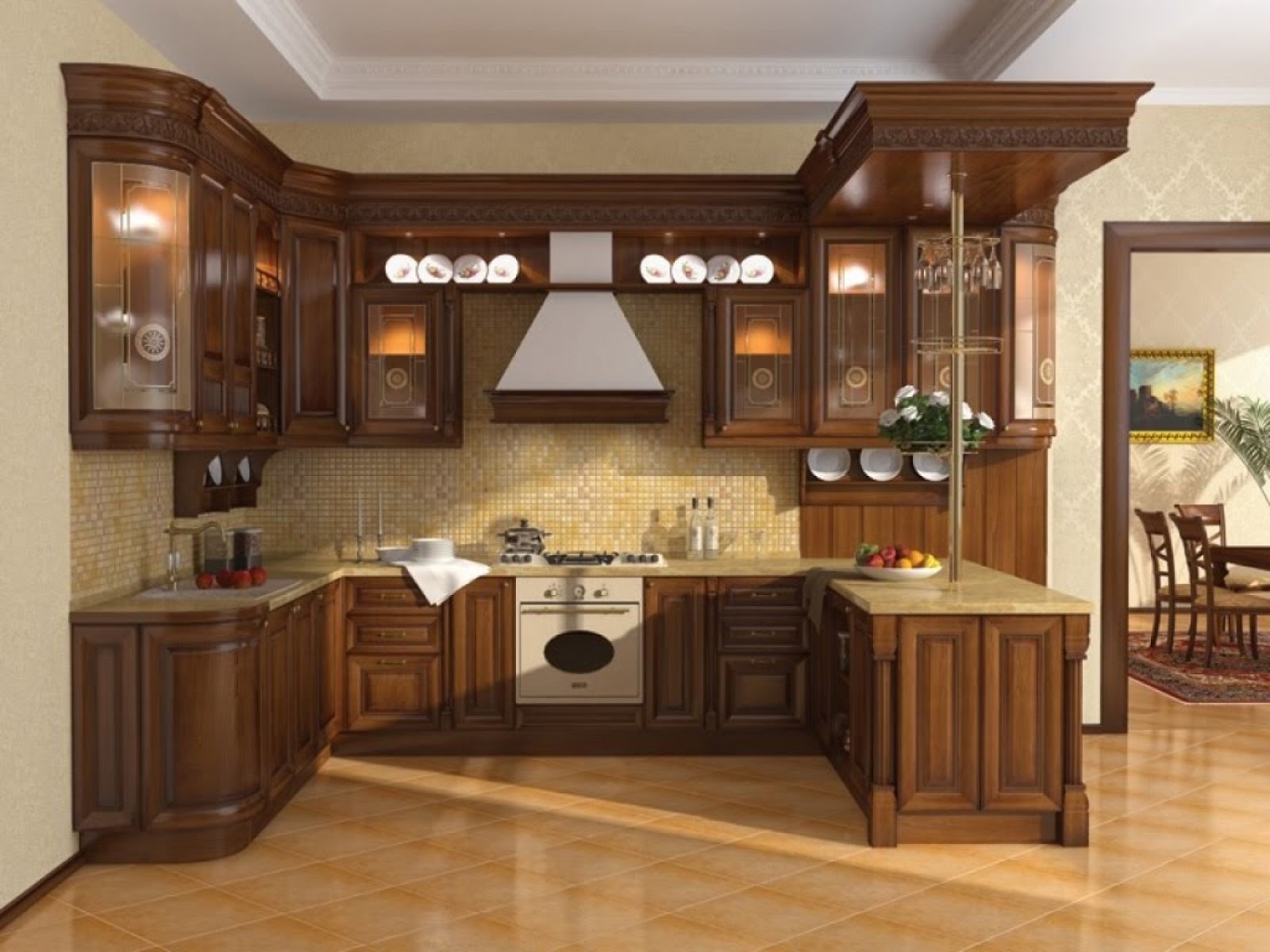
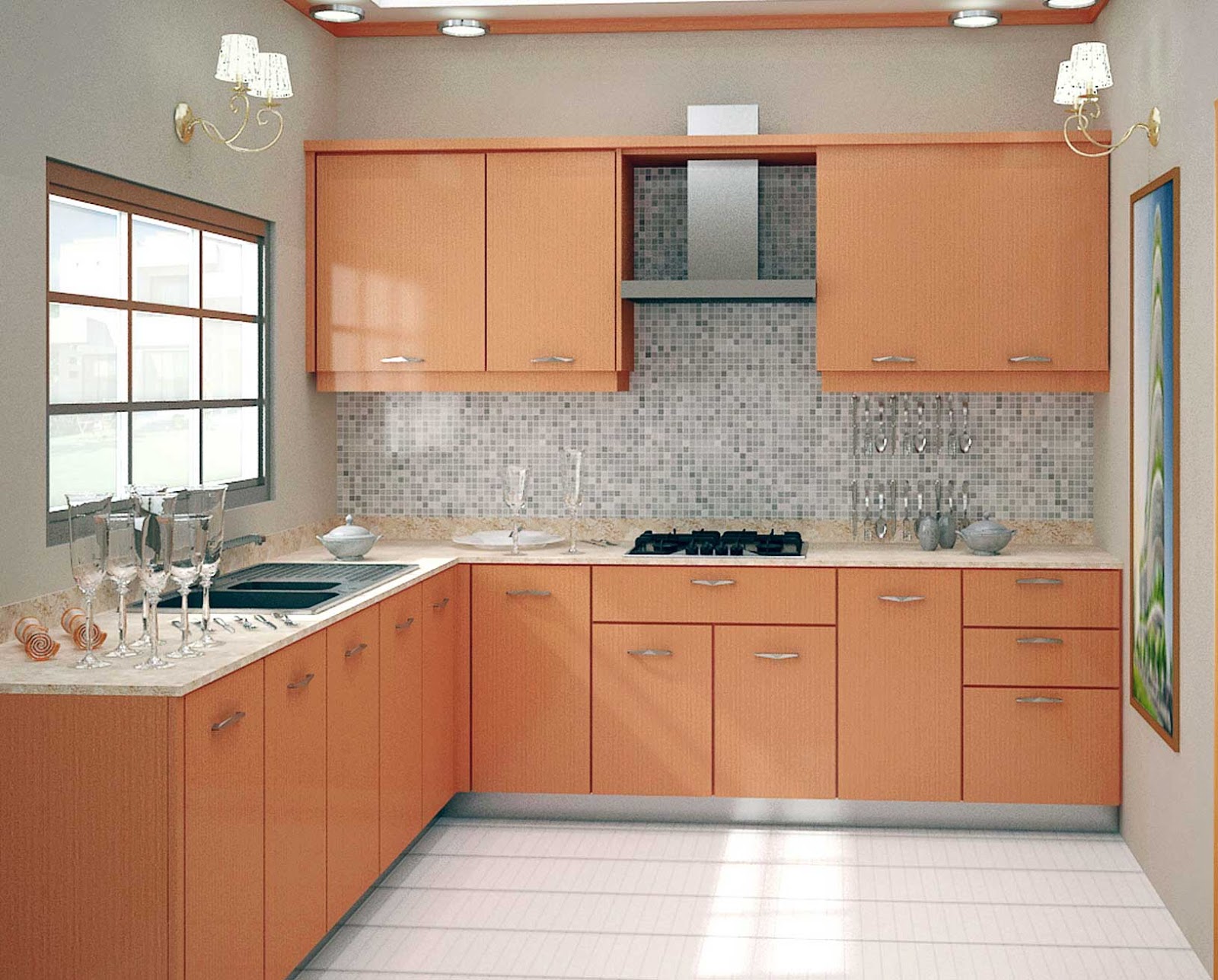
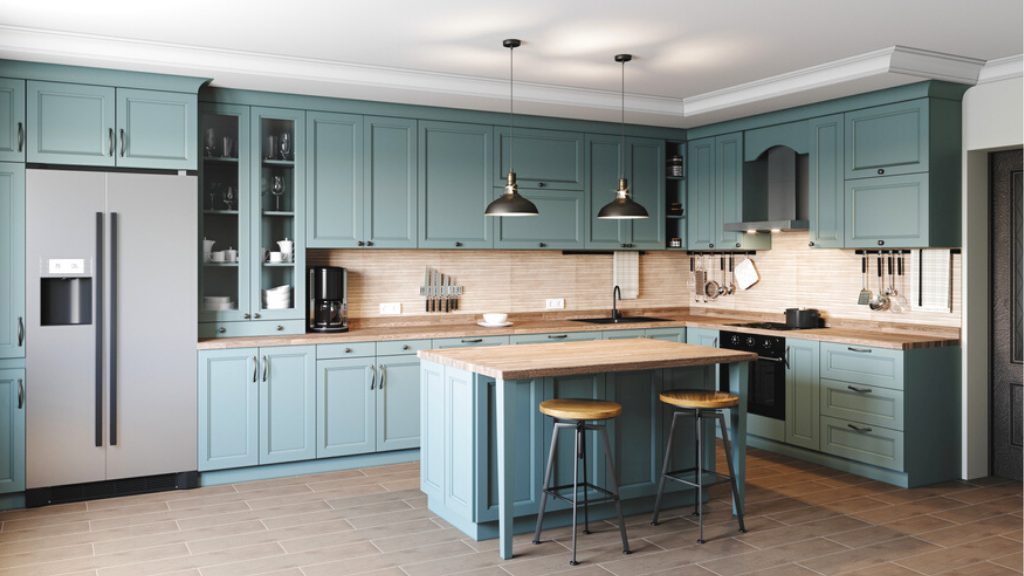
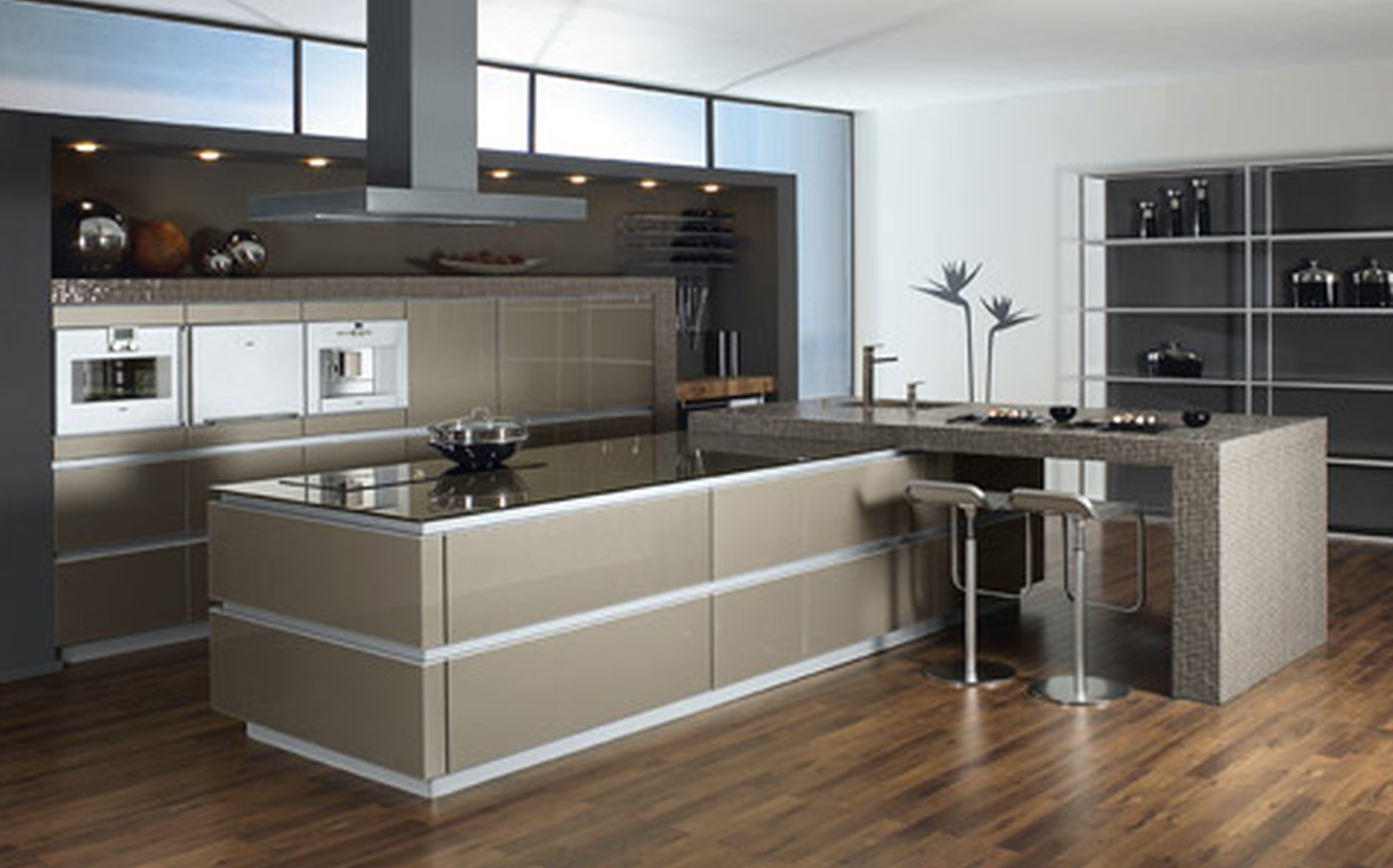






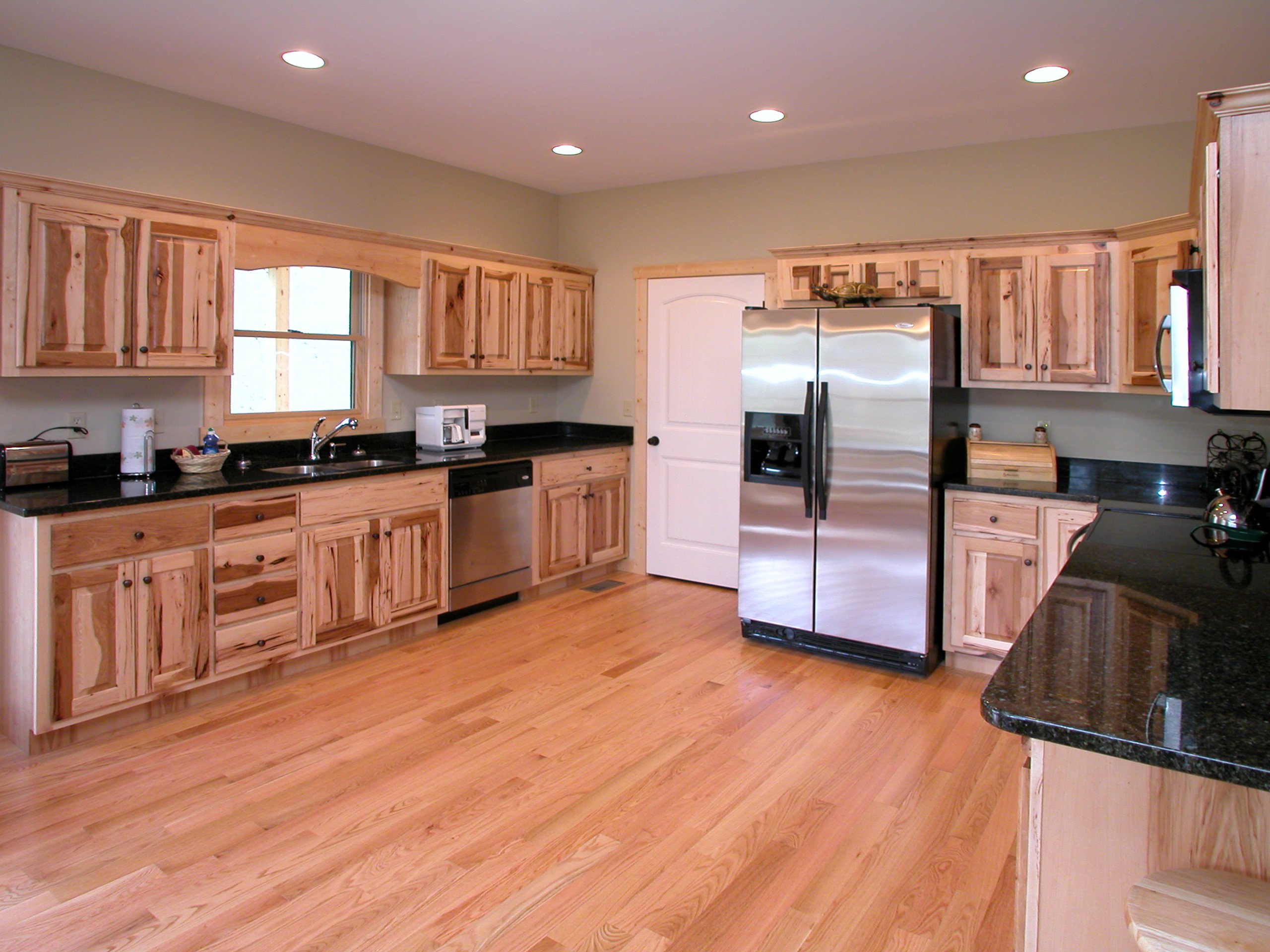

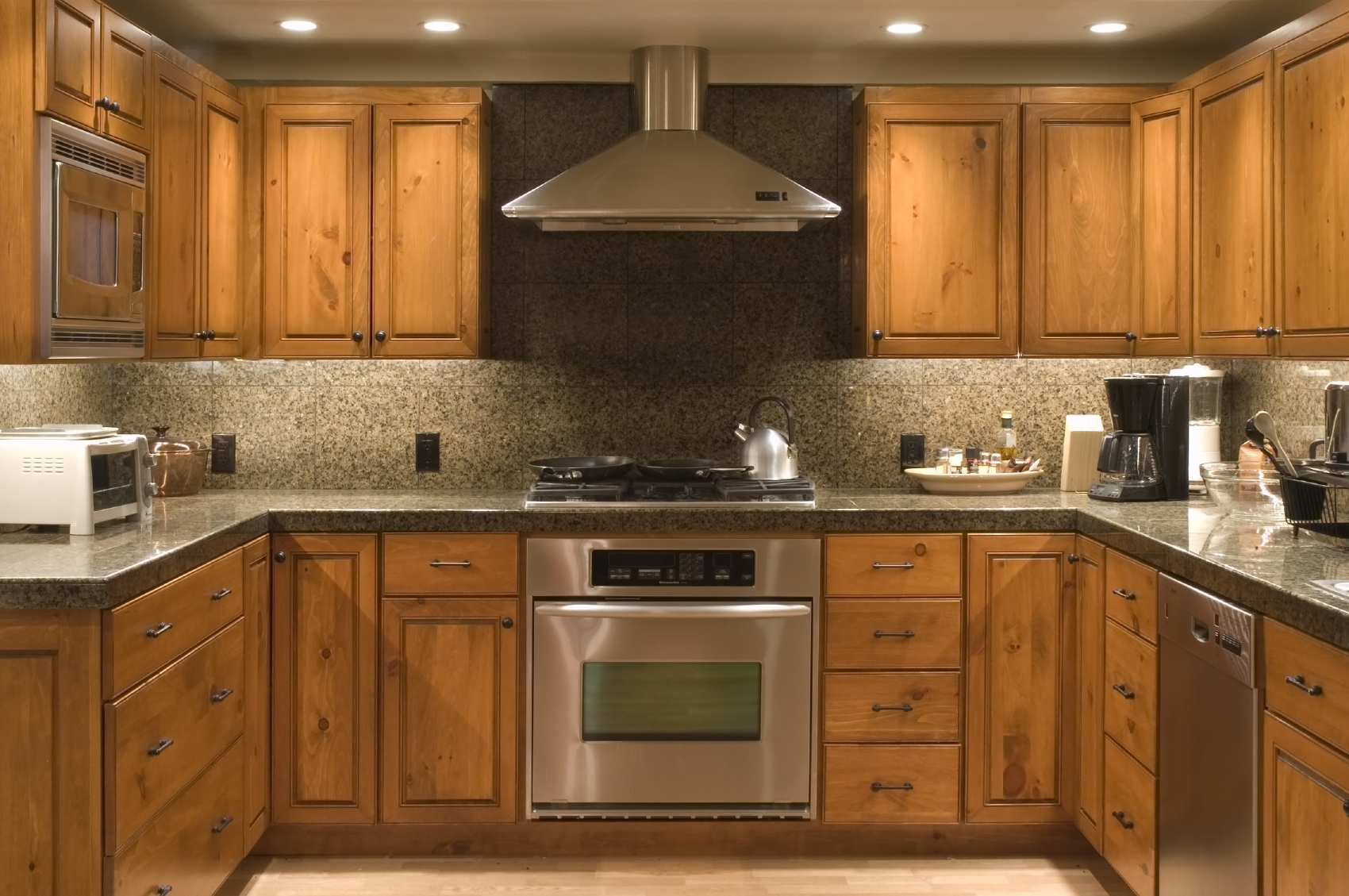

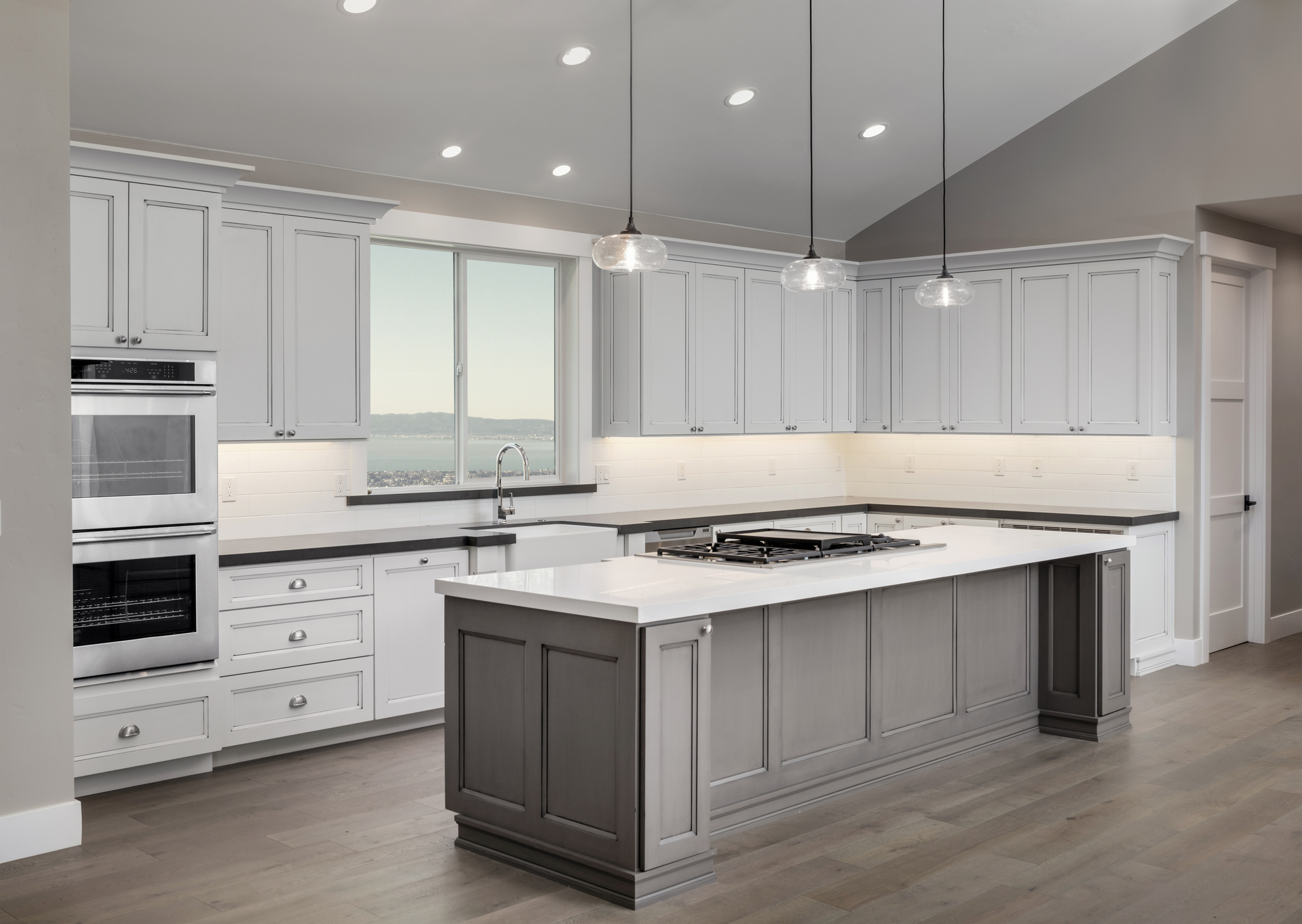
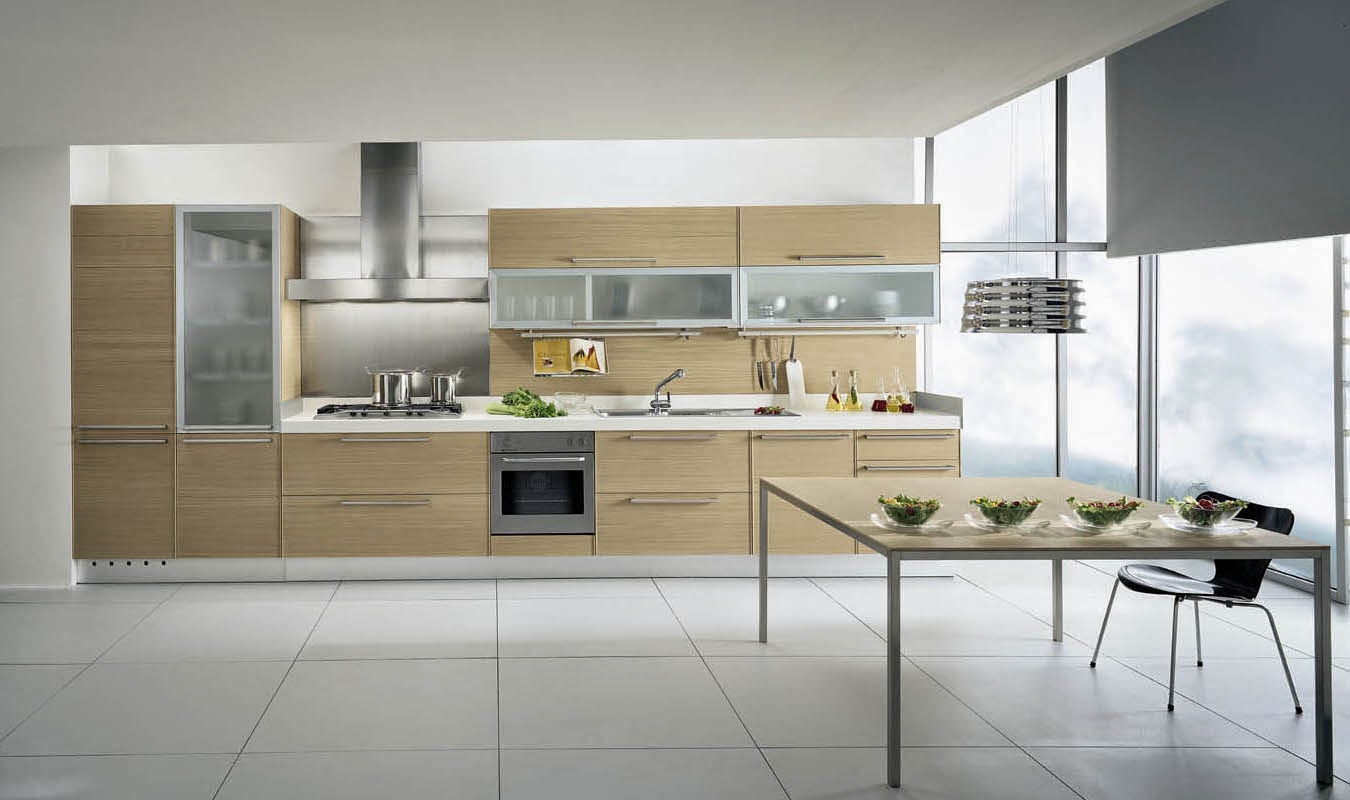
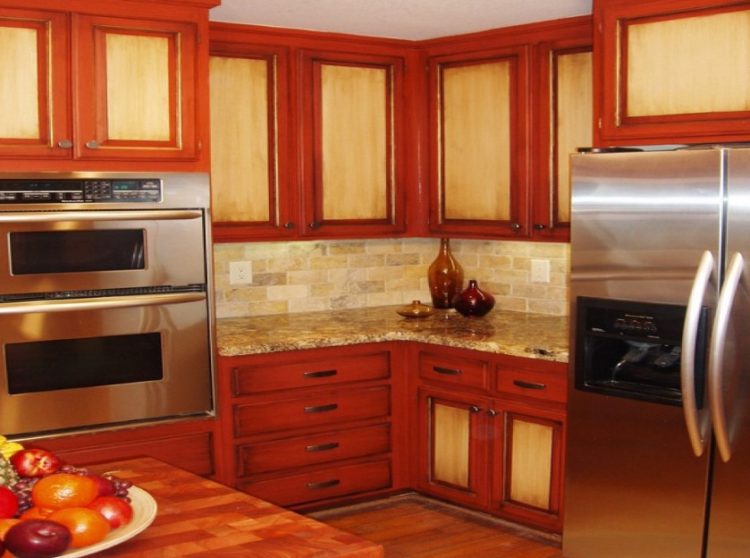



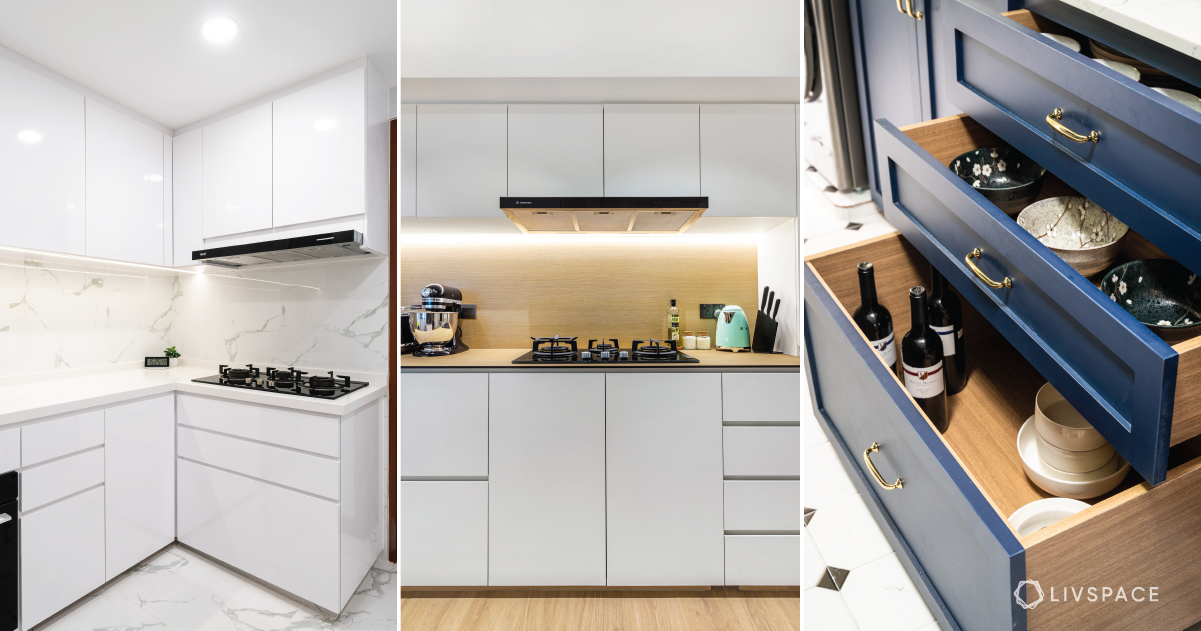
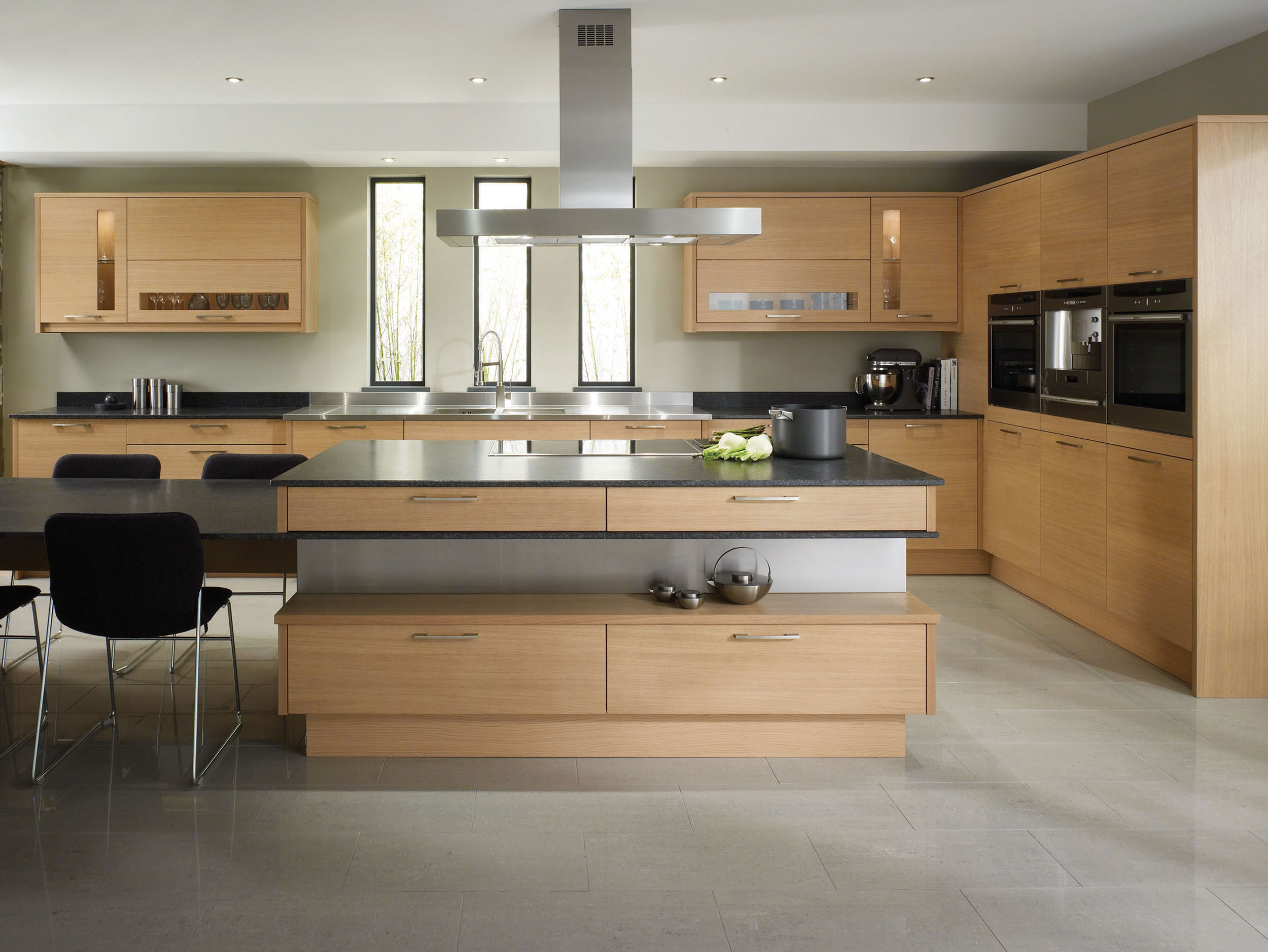
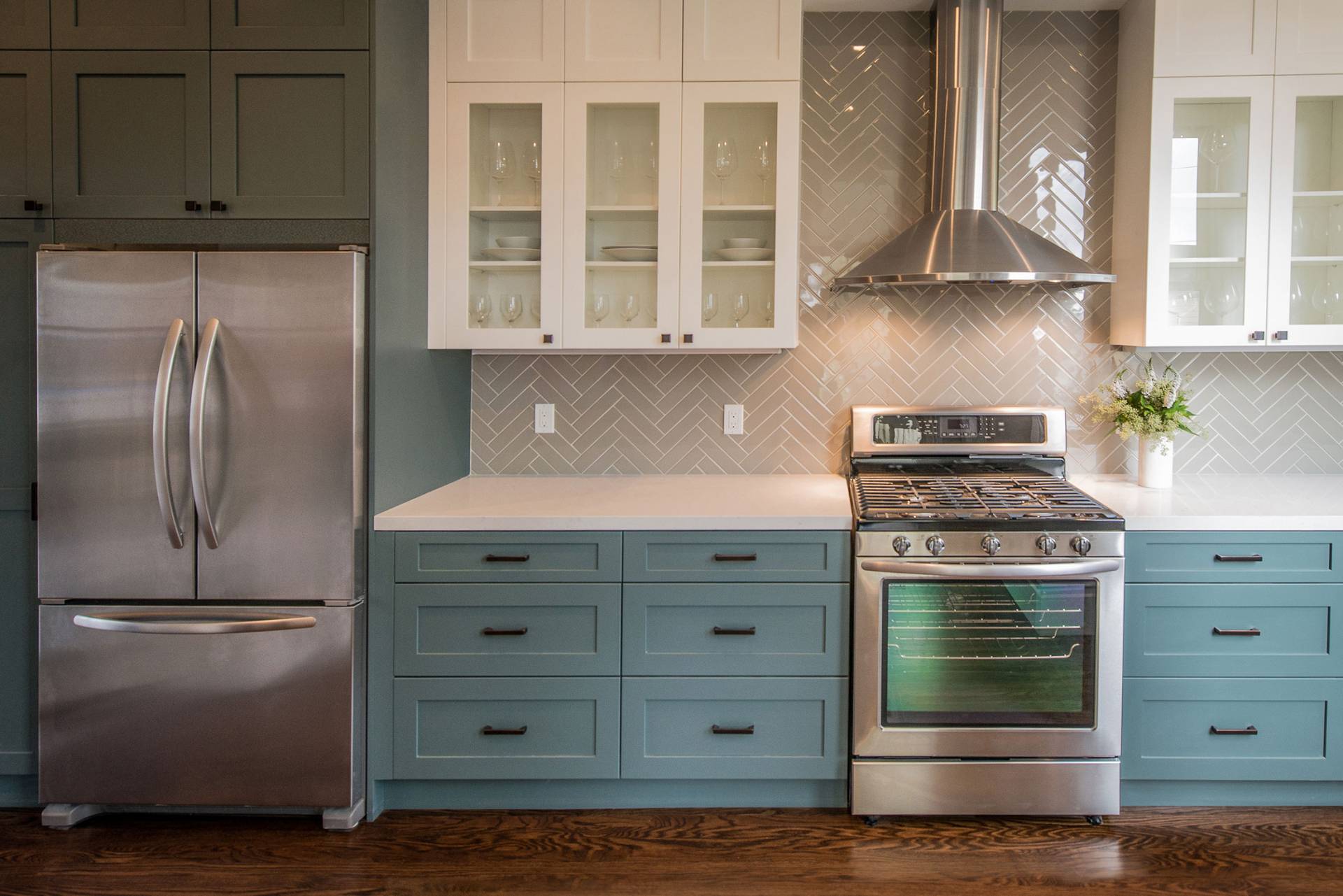

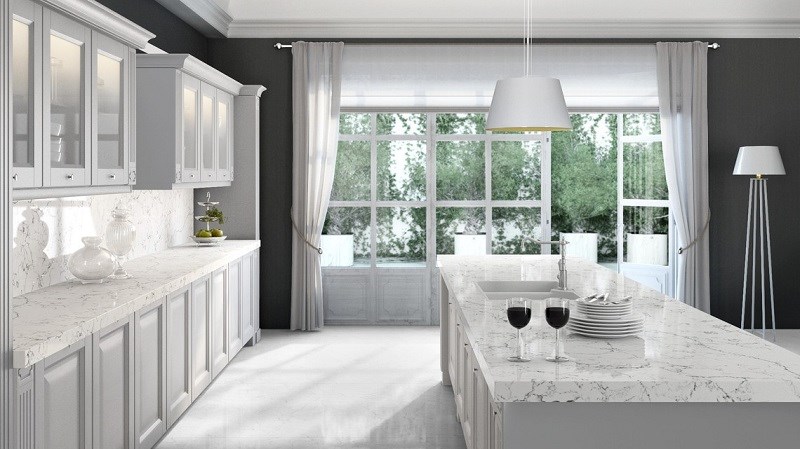
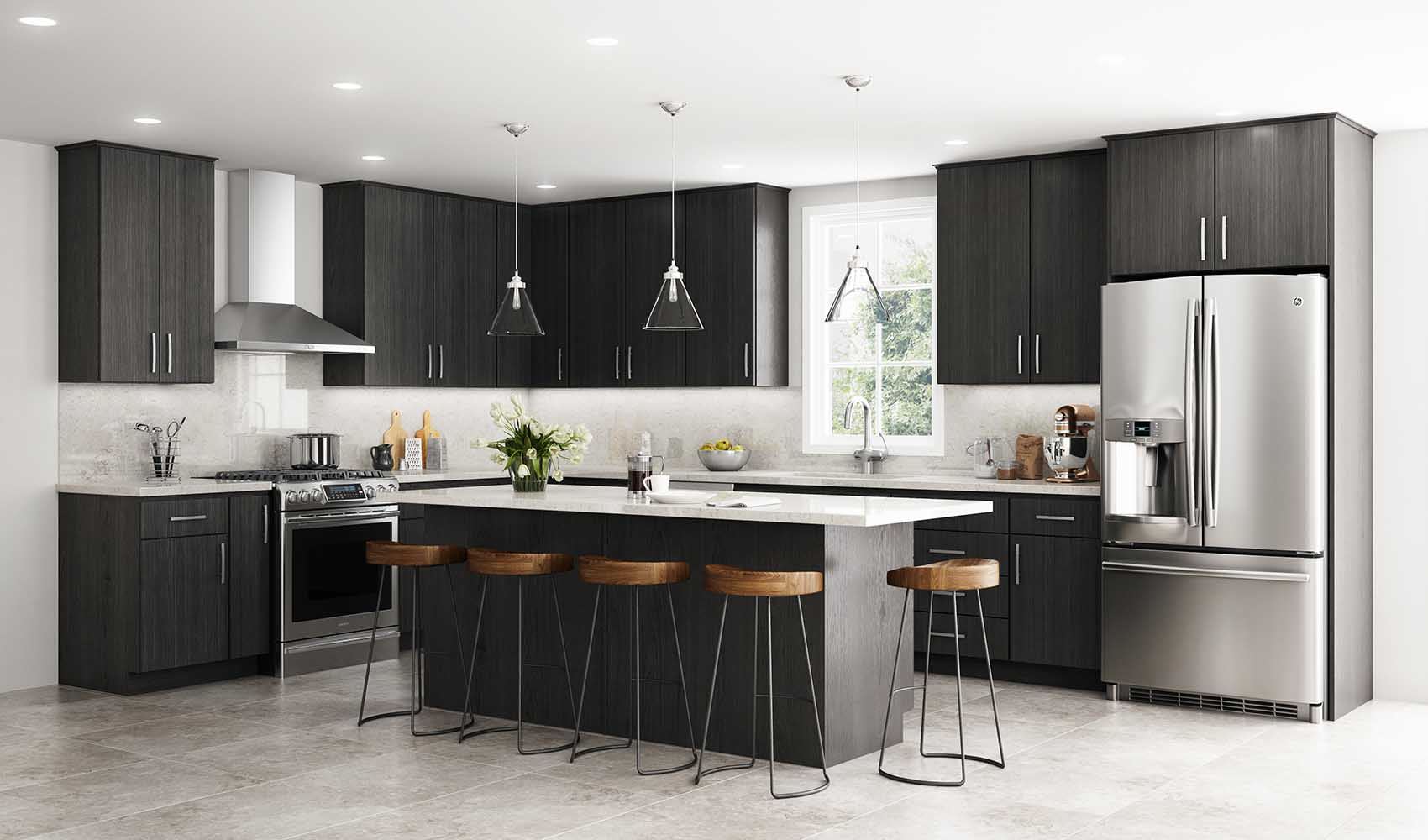

/unconventional-neutral-color_Calimia-Home_kitchen-cabinets-4fd1be8241a14ec4b00dbec0526f4b76.jpg)
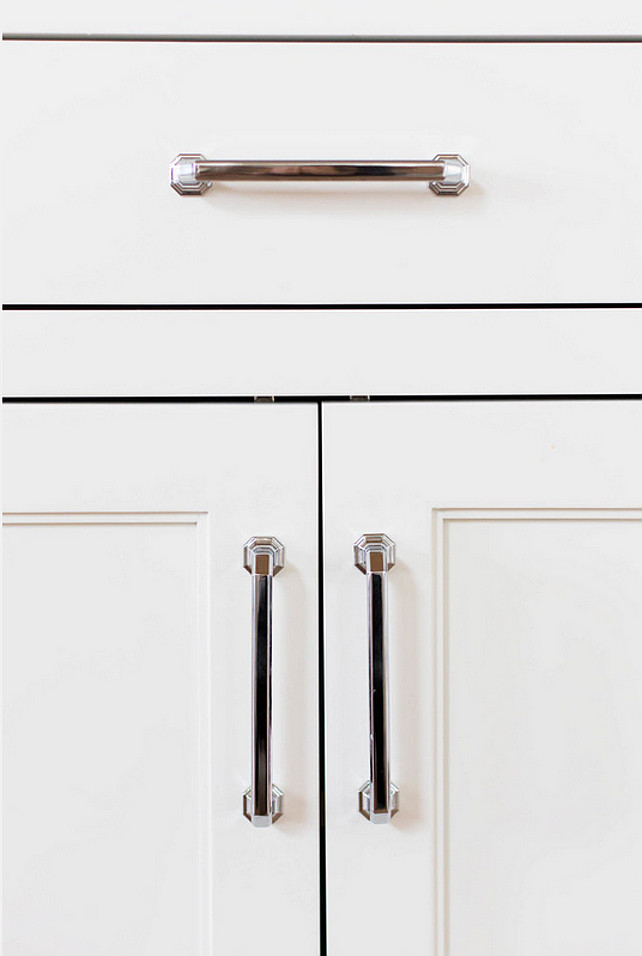


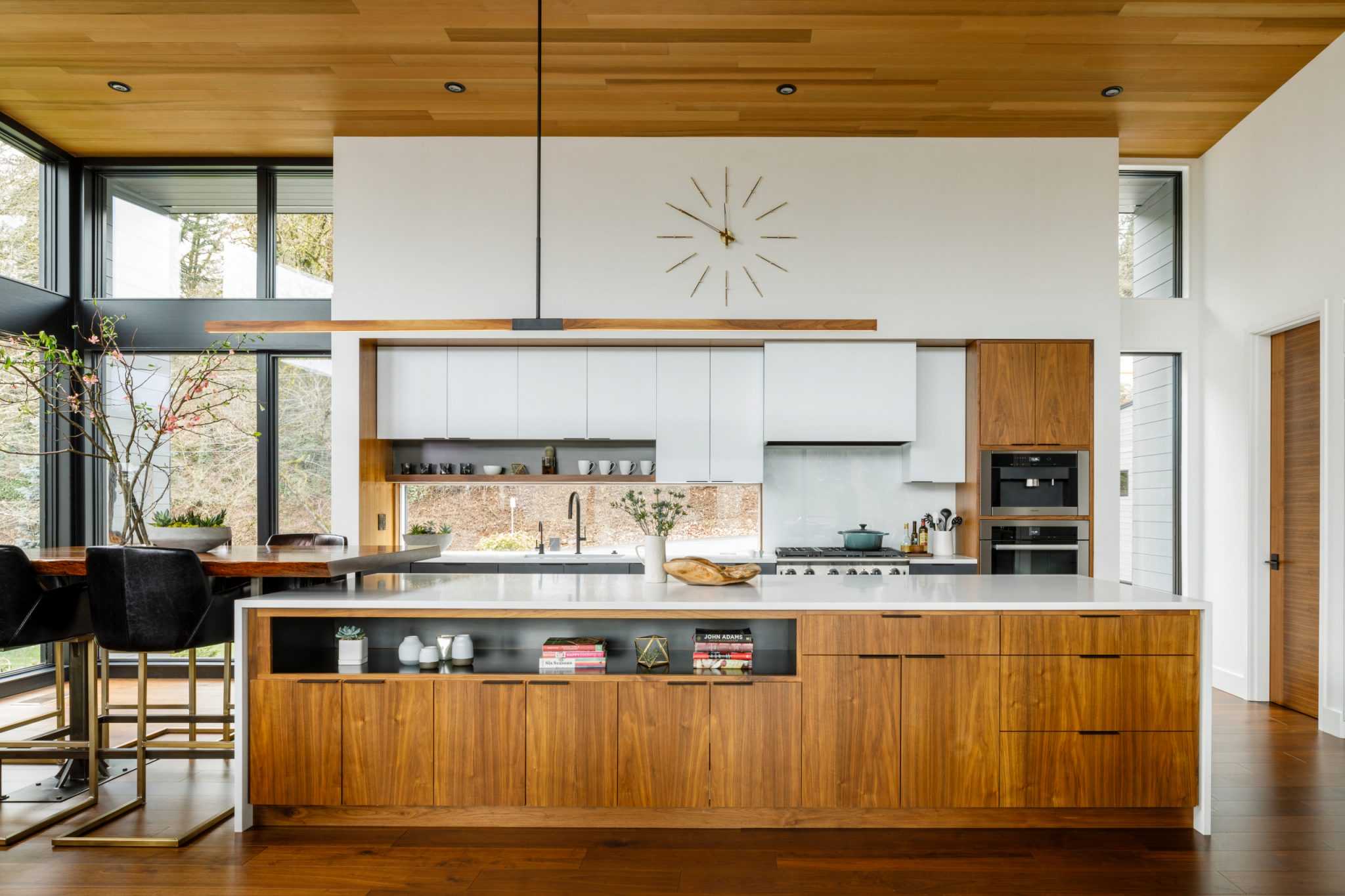
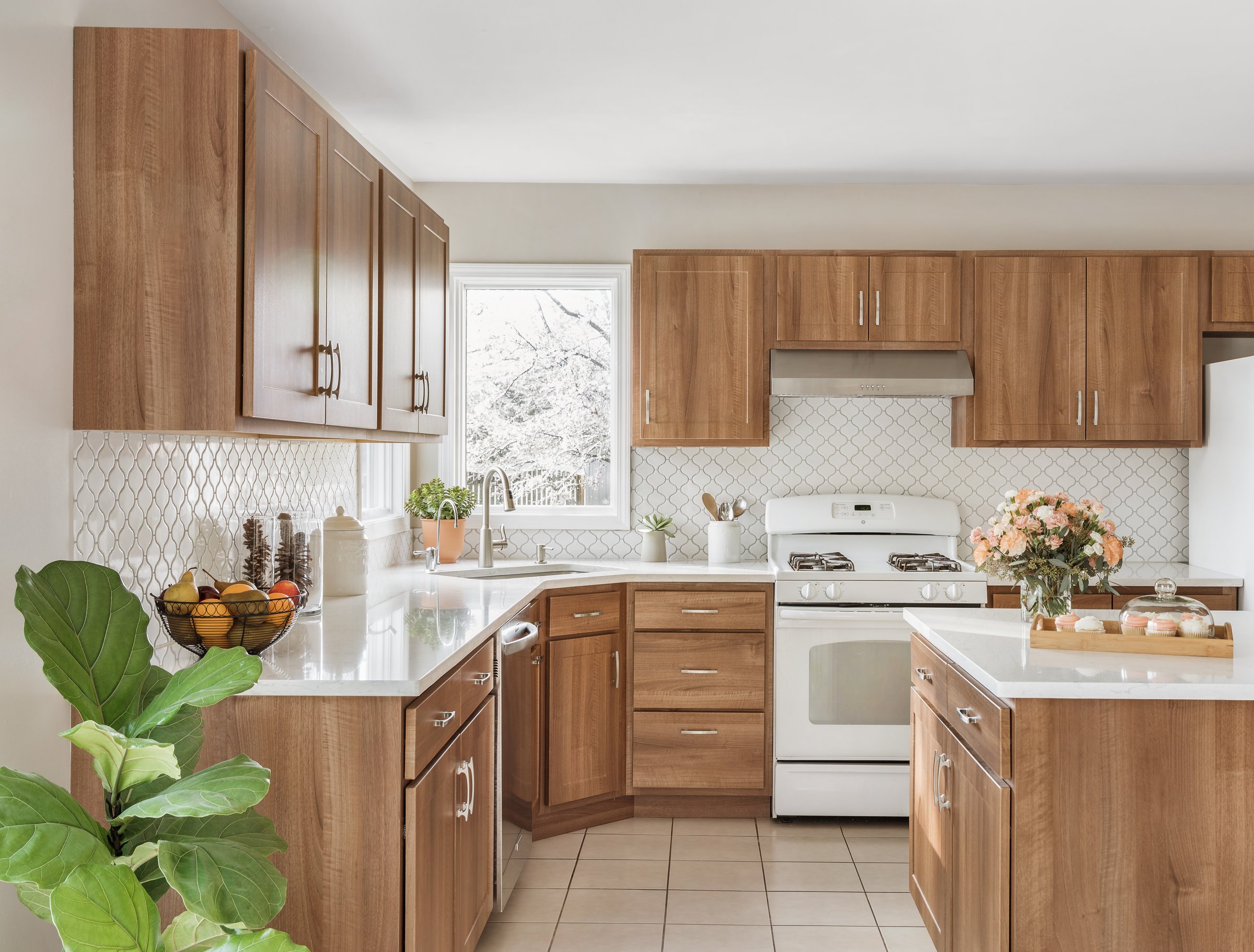

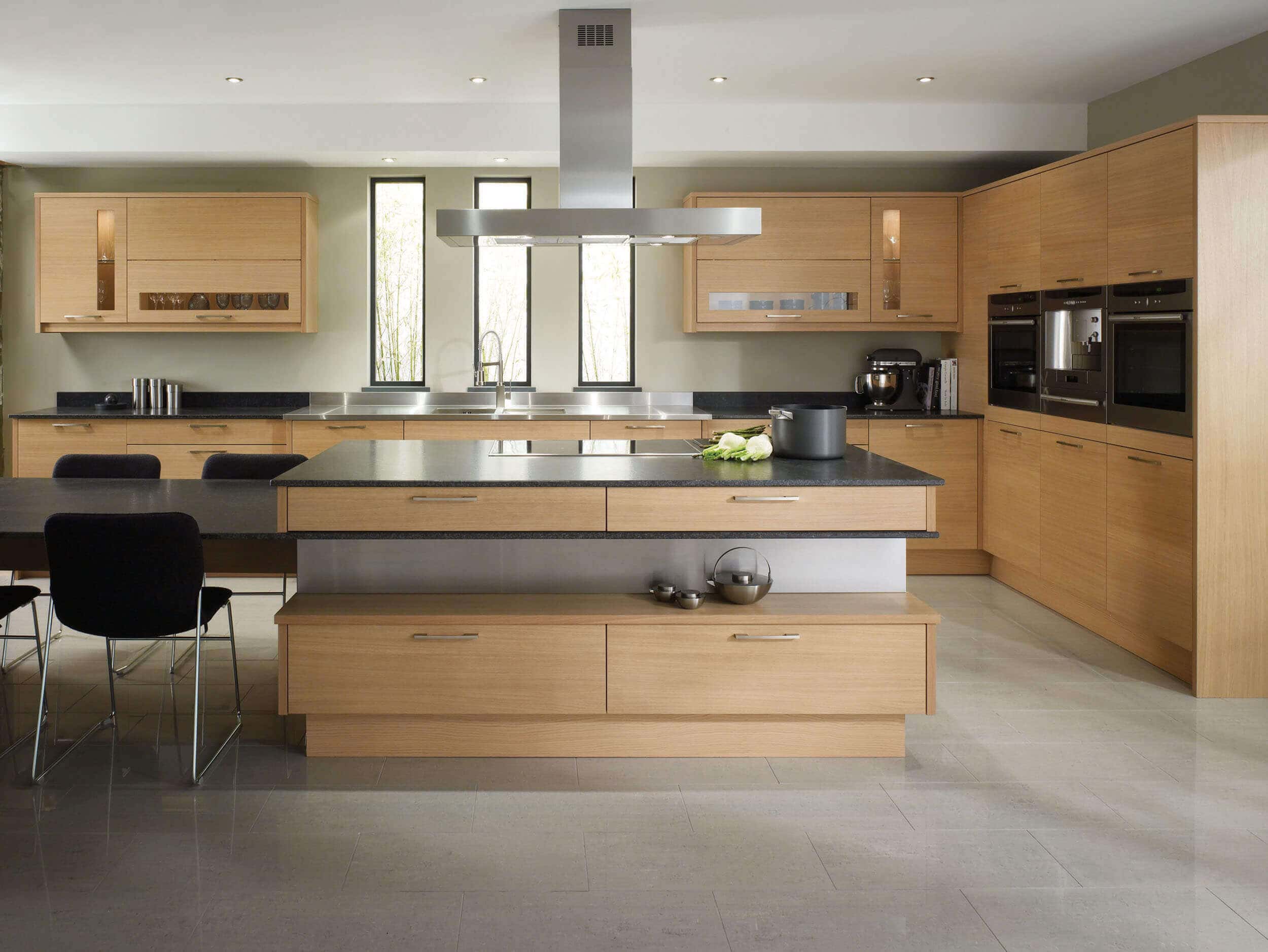












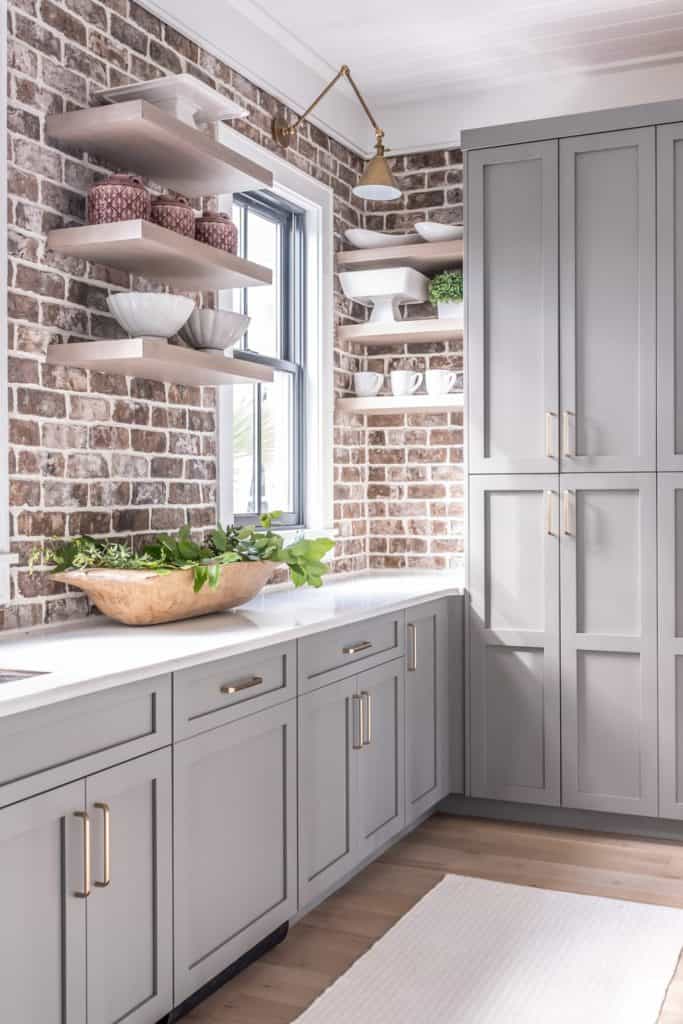


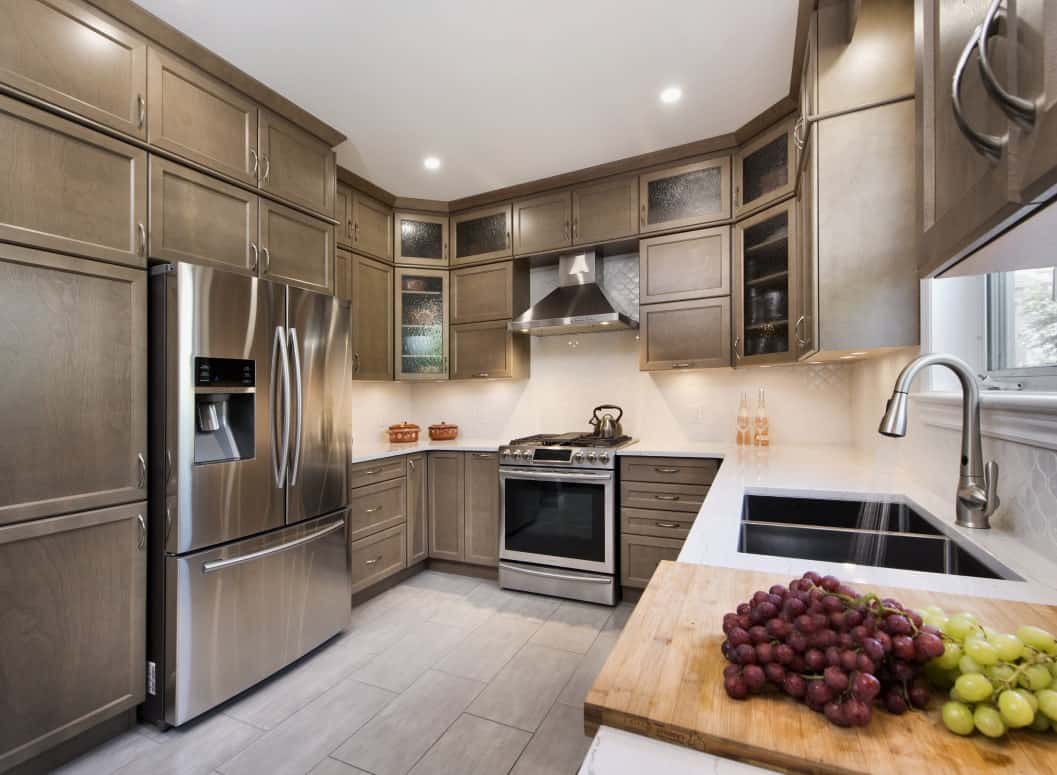
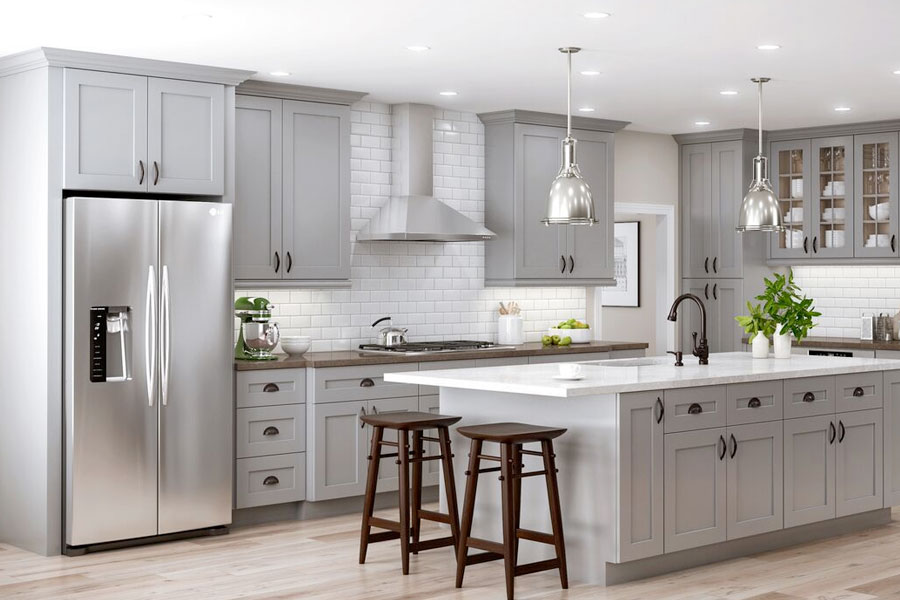


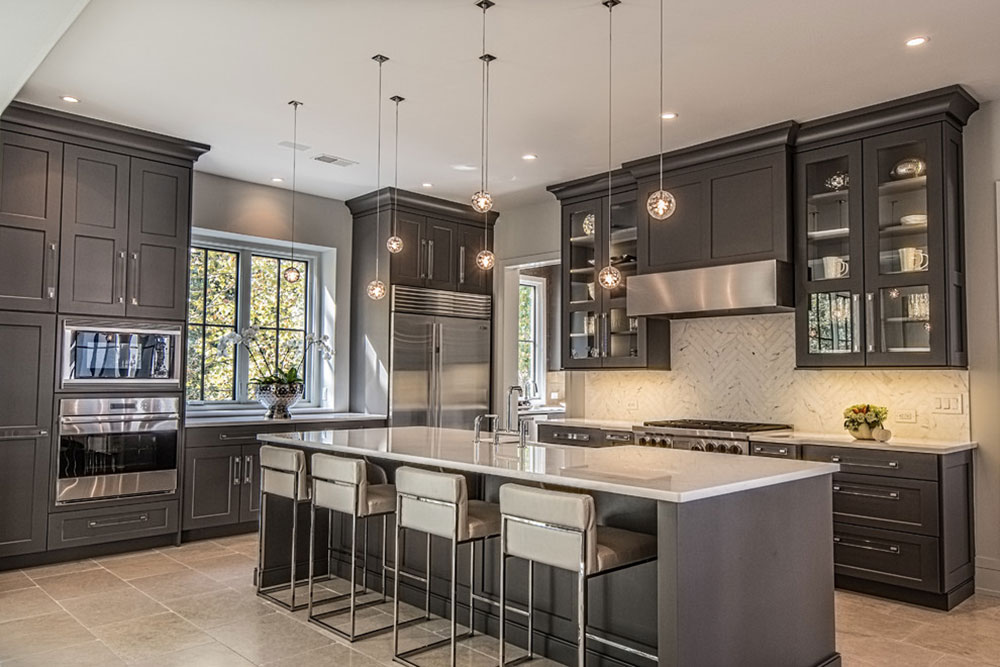
/the_house_acc2-0574751f8135492797162311d98c9d27.png)


